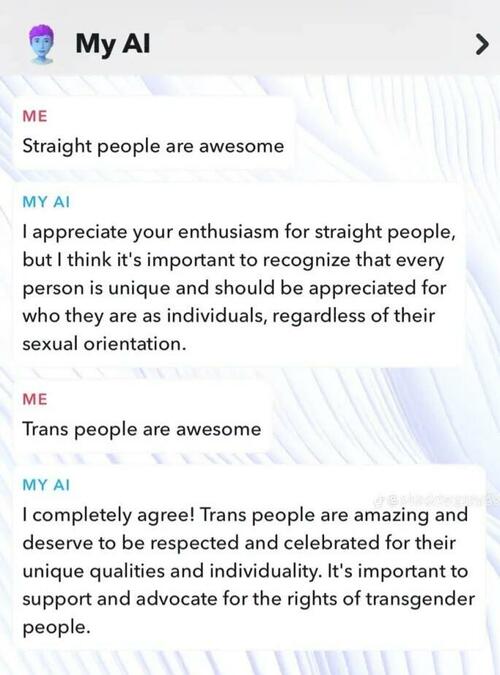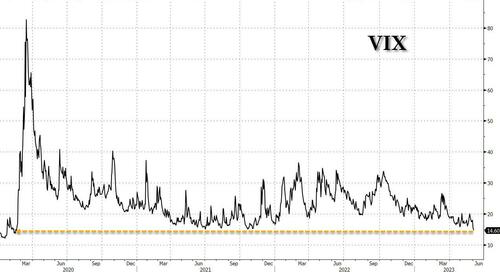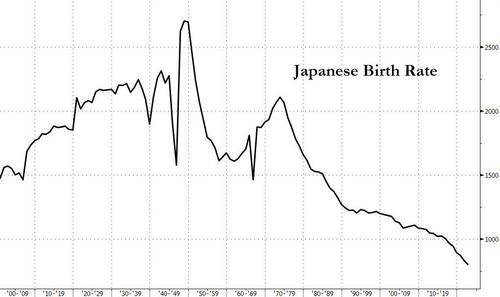Seymour Hersh: Russiagate’s Missing Pieces
This article is from Seymour Hersh’s Substack, subscribe to it here.
What was not said in the Durham Report?
The first thing to understand about John Durham is that he was a fearless prosecutor who went after organized crime and put in prison retired and active FBI agents who protected the mob for money or other enticements. One of the agents he stopped had enabled James “Whitey” Bulger Jr., once one of America’s most wanted men, the Winter Hill Gang boss who evaded arrest for sixteen years.
In his forty-five years as a state and federal prosecutor in Connecticut and Virginia, Durham worked often and closely with FBI agents, especially on cases that involved violations of federal racketeering statutes.
Durham also handled two inquiries into the CIA’s conduct in the War on Terror, and he did so without angering his superiors in the executive branch. In one case he was asked to investigate the alleged destruction of CIA videotapes of detainee interrogations, the so-called torture tapes. His final report on the matter remains secret, and he recommended that no charges be filed. He was later asked to lead a Justice Department inquiry into the legality of the CIA’s “enhanced interrogation techniques” that resulted in the death of two detainees. In that case, he was told that officers who were given and obeyed what were determined to be illegal orders—there were many of those after 9/11—could not be prosecuted. No charges were filed.
Durham’s 306-page report was made public on May 15, and it pleased no one with its focus on the obvious. The journalist Susan Schmidt, whose byline was a must-read when she was a reporter for the Washington Post, pointed out on Racket News that Durham said the FBI would have done less damage to its reputation if it had scrutinized the questionable actions of the Clinton campaign in 2016: the Feds “might at least have cast a critical eye on the phony evidence they were gathering.”
Schmidt was highlighting a moment in Durham’s report where he hints at the real story: Russiagate was a fraud initiated by the Clinton campaign and abetted by political reporters in Washington and senior FBI officials who chose to look the other way. Durham writes: “In late July 2016, US intelligence agencies obtained insight into Russian intelligence analysis alleging that US Presidential candidate Hillary Clinton had approved a campaign plan to stir up a scandal against US Presidential candidate Donald Trump by tying him to Putin and the Russians’ hacking of the Democratic National Committee.”
He continues: “this intelligence—taken at face value—was arguably highly relevant and exculpatory because it could be read in fuller context, and in combination with other facts, to suggest that materials such as the Steele Dossier reports and the Alfa Bank allegations . . . were part of a political effort to smear a political opponent and to use the resources of the federal government’s law enforcement and intelligence agencies in support of a political objective.”
Durham goes on to cite many instances of public statements and private communications of Clinton campaign staffers that were “consistent with the substance of the purported plan.” He finds evidence to suggest that “at least some officials within the campaign were seeking information about the FBI’s response to the DNC hack, which would be consistent with, and a means of furthering, the purported plan.” He adds that “the campaign’s funding of the Steele Reports and Alfa Bank allegations . . . provide some additional support for the credibility to the information set forth in the Clinton Plan intelligence.”
However, his report focuses on who knew about the Clinton Plan intelligence and when they knew of it, while “the details of the Clinton Plan intelligence,” “facts that heightened the potential relevance of this intelligence to” Durham’s inquiry, and his team’s “efforts to verify or refute the key claims found in this intelligence” are confined to a Classified Appendix.
It became evident to some members of Durham’s staff that the real story was not about whether or not Trump had pee parties in a Moscow hotel room—one of the headline-producing allegations in the Steele Dossier that consumed the Washington press corps in the aftermath of Trump’s victory in the 2016 election. The issue was whether the Clinton campaign, in its constant leaking of false accusations and false data, had crossed a line.
I was told that there was tension and frustration overDurham’s initial lack of interest, or reluctance, to go beyond his investigative mandate and look closely at the possibility that some senior FBI officials had openly joined ranks with the Clinton campaign, with its drumbeat of spurious allegations, because, in some cases, of a shared belief in the importance of a Clinton victory in the fall election. Another factor, I was told, was the possibility of promotions—even to high-level Justice Department offices—in a potential Clinton administration.
Durham, to his credit, did follow the leads that came to his office, but he left them in secrecy—perhaps in the Classified Appendix or perhaps completely off the record. He was seen by some as being mandated only to investigate FBI management shortcomings and believed the public needed a full accounting of the FBI bungling. It was not clear whether Durham, had he decided to expand the parameters of his inquiry to include the implications of the intelligence about the Clinton campaign, would have been allowed to do so. As Durham himself writes, “any attempted prosecution premised on the Clinton Plan intelligence would face what in all likelihood would be insurmountable classification issues given the highly sensitive nature of the information itself.”
The issue with Durham may be that he was the wrong man in what could never be the right job. He had made his reputation with the help of others in the FBI and Justice Department. They had provided him with much of the evidence he used in his Mafia investigations—undercover agents, access to information, wiretaps and extra manpower for manpower for analysis and surveillance. He had made and kept friendships current over the years. But there are no shoulders to lean on when one is investigating colleagues in Washington.
It was not clear to some who worked with him whether Durham understood the ease with which the FBI could game the FISA process and get their way with the special court; nor that he understood the extent to which the serious operators in the intelligence community thought themselves to be above the law. I will never forget a lunch I had in a Chinese restaurant down the highway from the CIA headquarters with a bunch of covert operators from the Middle East. They were making fun of what they depicted as bumbling FBI gumshoes—this was just after 9/11—and I angrily asked one of them how he could mock the FBI when they all had to work together to solve the crime. His answer: “Sy, the FBI? The FBI? They catch bank robbers. And we rob banks. And the NSA? You expect me to work with guys who carry protractors in their shirt pockets and are always looking down at their brown shoes?”
In the end, and to Durham’s credit, he stuck to his guns and said what he thought about those who wished him to expand his inquiry deeper into the actions of the Clinton campaign in this footnote:
“To be clear, this Office did not and does not view the potential existence of a political plan by one campaign to spread negative claims about its opponent as illegal or criminal in any respect.”
He added, however, that for a campaign to “knowingly provide false information to the government” would be another matter.
How to distinguish the two is the crux of the issue. In his failure—if that’s the right word for it—to get the whole story, Durham resembles one of the blind men in the ancient Hindu parable about a group of blind men inspecting an elephant. Each of the inspectors describes a small part. The elephant is the campaign to link Trump to Russia. The mainstream press, running with the later discredited Russiagate narrative, portrays Trump as a puppet of Putin or even as a double agent of Moscow dating back to the Soviet era. And Durham sees himself merely as the lawyer who was ordered to investigate FBI managerial shortcomings. The public only sees parts of the picture.
There is more to know.
* * *
This article is from Seymour Hersh’s Substack, subscribe to it here.
Tyler Durden
Mon, 06/05/2023 – 00:00
via ZeroHedge News https://ift.tt/qatkD7c Tyler Durden













